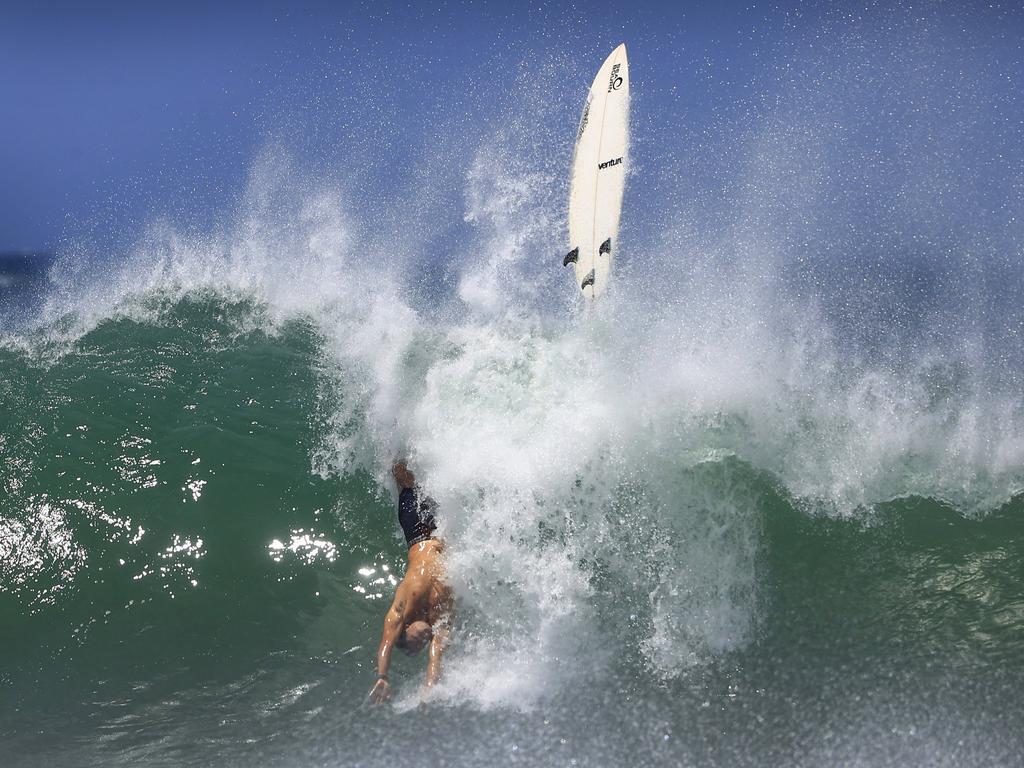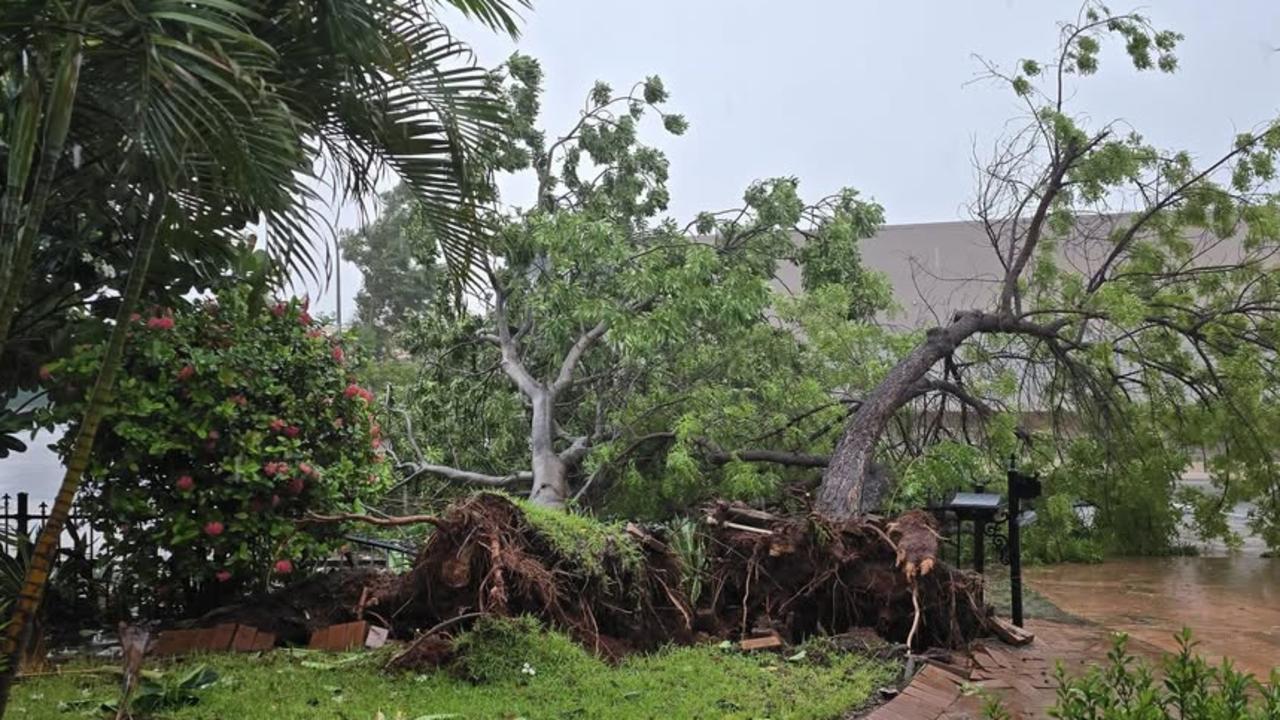Keeping heads above water when floods hit
Having lost 6000 of 16,000 cattle in a monsoonal onslaught in northwest Queensland three summers ago, third-generation grazier Patrick Hick and wife Edwina have turned the corner – thanks to the government-led disaster response.
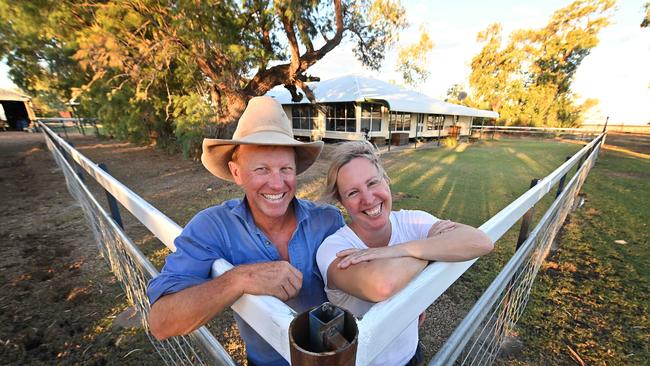
When the heavens opened on Julia Creek three summers ago, it was a cattleman’s dream come true after years of punishing drought.
But the rain kept falling and falling and falling. And a bitter easterly wind chilled the soaked and miserable stock to the bone.
By the time the monsoonal onslaught let up, more than 500,000 cattle had drowned or died of exposure, and sorrow stalked the plains of northwest Queensland.
Yet here’s something you won’t always hear from a disaster-struck community: heartfelt gratitude for the government-led disaster response and plaudits for where the taxpayer dollars went to get people back on their feet.
Having lost 6000 of 16,000 cattle outside the far-flung town, population 511, third-generation grazier Patrick Hick and wife Edwina have turned the corner. They’ve restocked and reinvested in the multimillion-dollar business centred on Argyle Station.
Julia Creek is thriving again on the back of the recovery program and booming beef prices: a beast worth $2.50 a kilogram on the hoof three years ago can fetch three times that today, producers say.
“The market went with us and that made a huge difference,” Mr Hick, 51, said. “But there are a lot of other lessons that I think are worth heeding in terms of how the government and the country manage natural disasters.”
This was an early test of Scott Morrison’s mettle as Prime Minister, and the local consensus is he got it right in 2019, in sharp contrast to his poorly received efforts during the subsequent black summer bushfires and stumbles in managing the opening phases of vaccine acquisition and rollout during the pandemic.
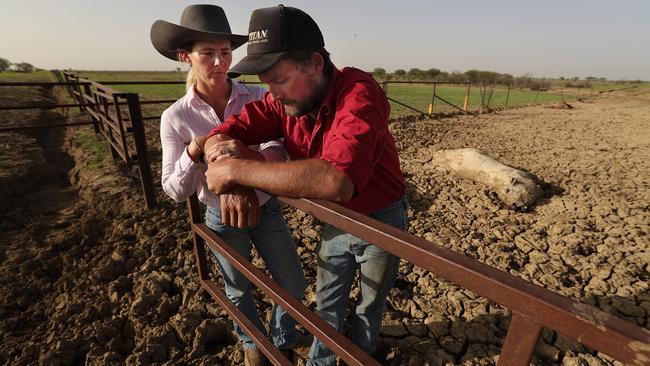
Traumatised beef producers asked for a “hand-up” not a handout when Mr Morrison arrived in Julia Creek on February 16, 2019, as the epic scale of the destruction emerged – a “searing” experience he remembers.
Roads, railways, crops, property fencing and just about every piece of farm equipment you could think of had been wrecked after the Flinders River burst its banks. The newly greened landscape was a tableau of horror, dotted with the carcasses of cattle that should have been growing fat in the luxuriant pastures.
“I knew we had to come up with something that was going to work outside the normal channels of government,” Mr Morrison said. The plan, tightly knitted with state agencies in Queensland, became a template for how the federal government would gear up for the 2020-21 bushfires and Covid-19.
The Prime Minister pointed to $75,000 emergency assistance grants to producers that were fast-tracked after the monsoonal deluge, establishing a key precedent.
“I understood that letting them know that they weren’t on their own, that we going were going to be there and back them in … that gave them confidence to work on their own solutions and that basically was the principal that underlined JobKeeper,” he said, citing the wage relief provided at the height of the pandemic last year.
“When you are looking into the abyss, you have got to give people confidence that they are going to get through.”
In all his years on the land, Mr Hick had never known such heartache. His cousin Robbie Hick used a tractor to pile the rotting remains of their cattle into heaps to be burned. Emaciated stock continued to die of pneumonia and other infections for weeks across the disaster zone, an area twice the size of Tasmania.
The memory of it still weighs heavily. “We feel a real responsibility to look after our cattle,” Mr Hick said. “The fact that they died on our watch, even though there was nothing we could do to stop it, was hard to take. A lot of people struggled with that, me included.”
But the graziers organised to speak with one voice to Mr Morrison. At a meeting at the Julia Creek civic centre, their delegate, Philip Curr, now mayor of McKinlay Shire Council, put to the PM a proposition. The beef producers had to restock quickly to take advantage of the drought breaking. Why not split the cost 50-50 with the government?
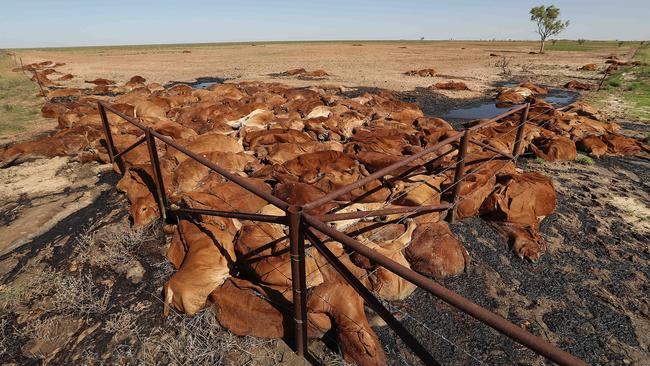
Mr Morrison was positive, but cautioned they should “not rush to failure”. The idea also struck a chord with former Northern Territory chief minister Shane Stone, who took charge of the reconstruction program. He had successfully trialled “co-contributions” for primary producers after the damaging 1998 NT floods.
A formula was set. Those who incurred losses of more than $800,000 would be able to recoup from the government a maximum of $400,000 provided they gave a matching amount. “If you wanted the money you had to put your hand in your own pocket,” said Mr Hick, who sits on an advisory group to the National Recovery and Resilience Agency headed by Mr Stone. “People felt better about that. It motivated them to get up, do something, at a time when it was easy to get bogged down.”
Grazier Corbett Tritton, 61, who lost 2260 cattle on Silver Hills station north of Richmond, said the aid was “beyond what you would expect a government to do … we are used to being forgotten out here”.
Mr Stone quipped dryly: “Success has many parents.” He didn’t remember things unfolding in quite the way Mr Hick recounted, but accepted the co-contribution payments were effective, if undersubscribed. Only $80m of a budgeted $300m was allocated, with the balance redirected to other relief projects.
Mr Morrison said of the co-payment scheme: “It was massively important because how were we going to get the herds back?”
Moves to cut the red tape to access relief were widely welcomed, along with concessional loans. “We simplified forms right back to just tell us your name, where you live, what do you reckon you lost and attach some photos of the dead cattle,” Mr Stone said.
With the Queensland authorities fully on board, the distribution of funds was accelerated.
However, supermarket operator Phillip Alexander, who buttonholed the PM in Julia Creek over the problems he was having accessing disaster payments, prompting an offer by Mr Morrison to “leave the paperwork to me”, said more should have been done for town-based businesses.
“The graziers got looked after and I don’t have a problem with that,” he said. “They are pretty good at getting what they want.”


